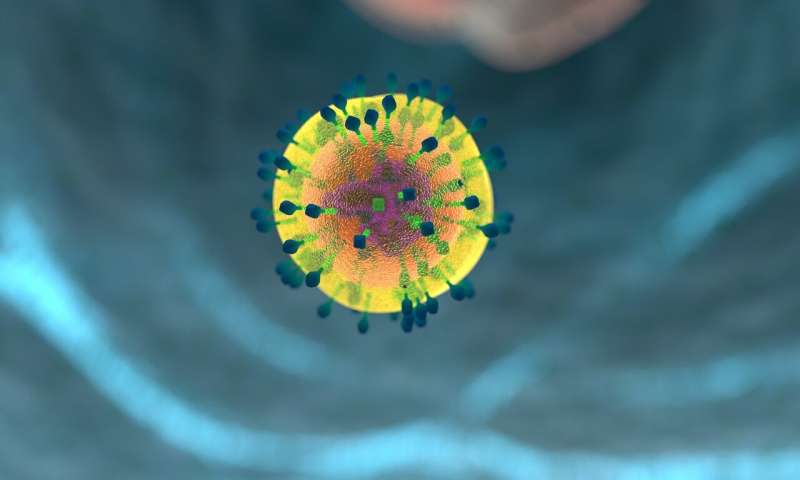
A new chimeric antigen receptor (CAR) T-cell product had an acceptable safety profile and showed early signs of efficacy as a monotherapy and in combination with an mRNA vaccine in patients with solid tumors, according to preliminary data from a phase I/II clinical trial presented during the AACR Annual Meeting 2022, held April 8-13.
CAR T-cell therapy has revolutionized the treatment options for hematologic malignancies, but its application for solid tumors has been challenging.
“One of the main limitations is that most of the proteins present on solid tumors that could be used as targets are also found at low levels on normal cells, making it difficult to specifically direct the CAR T cells against tumor cells and spare healthy ones,” said presenter John Haanen, MD, Ph.D., a medical oncologist at the Netherlands Cancer Institute (NKI), Amsterdam, Netherlands. “Other challenges include the limited persistence of CAR T cells observed in solid tumors and their difficulty reaching the tumors and penetrating the center of the mass.”
Haanen and colleagues are conducting a first-in-human open label, multicenter clinical trial to evaluate the safety and preliminary efficacy of a previously developed CAR T-cell product that targets CLDN6, a tumor-specific antigen widely expressed in various solid tumors but silenced in healthy adult tissues. This therapy was tested in preclinical models in combination with a CLDN6-encoding mRNA vaccine (CARVac) that favors the expansion of the CAR T cells. As Haanen explained, this combined treatment, called BNT211, resulted in expansion of the transferred CAR T cells and higher persistence in the blood, which in turn improved tumor cell killing.
The investigators recruited patients with relapsed or refractory advanced, CLDN6-positive solid tumors to test the CLDN6 CAR T-cell therapy alone and in combination with CARVac.
The trial included two parts in which increasing doses of CLDN6 CAR T cells were given as monotherapy (Part 1) and in combination with CARVac (Part 2), following lymphodepletion to reduce the number of T cells present in the body and make room for the transferred CAR T cells. In Part 2, CARVac was administered every two or three weeks up to 100 days after the CAR T-cell transfer, and one patient received maintenance vaccinations every six weeks. Overall, 16 patients had been treated at the time of this reporting.
Approximately 40 percent of patients developed manageable cytokine release syndrome without any signs of neurotoxicity. Other adverse events included cytopenia (low blood cell count) and abnormal immune responses, all of which were resolved. Administration of CARVac resulted in transient flu-like symptoms that lasted up to 24 hours. “CLDN6 CAR T treatment and CARVac appeared to be safe, with only limited and manageable adverse events,” said Haanen.
Among the 14 patients who were evaluable for efficacy, at six weeks after infusion, four patients with testicular cancer and two with ovarian cancer experienced a partial response (PR), with an overall response rate of nearly 43 percent. Among the study participants who had a PR, four patients received CAR T cells as a monotherapy and two patients were treated with the CAR T-CARVac combination. The disease control rate was 86 percent. In all evaluable patients, deepening of initial partial responses was observed at 12 weeks after infusion. This resulted in one complete response that continues six months after infusion.
“It is remarkable that most of the patients with testicular cancer showed clinical benefit at dose level 2, and the responses we have observed can be deep, including one ongoing complete remission,” said Haanen.
“The infusion of CLDN6 CAR T, alone or in combination with CARVac, is safe and holds promise for patients with CLDN6-positive cancers,” Haanen added. “CLDN6 was never targeted before with cellular therapy, but in our study, this approach is already showing efficacy that may be better than the data from other CAR T trials in solid tumors.”
However, Haanen cautioned that these data are very early, with few patients having been treated, so no major conclusions can be drawn at this time.
American Association for Cancer Research

